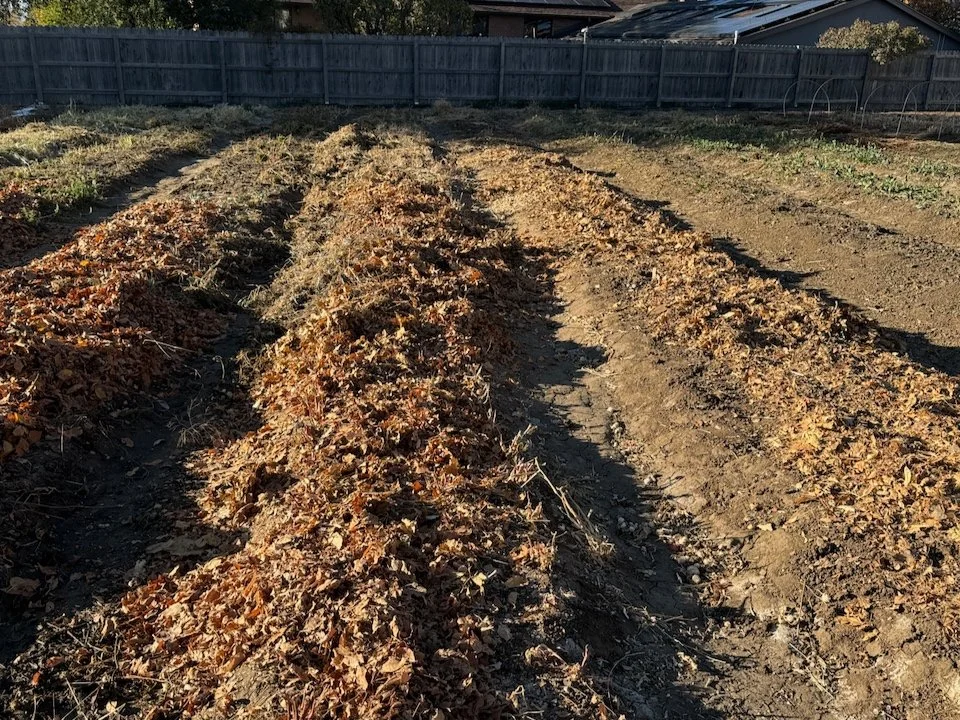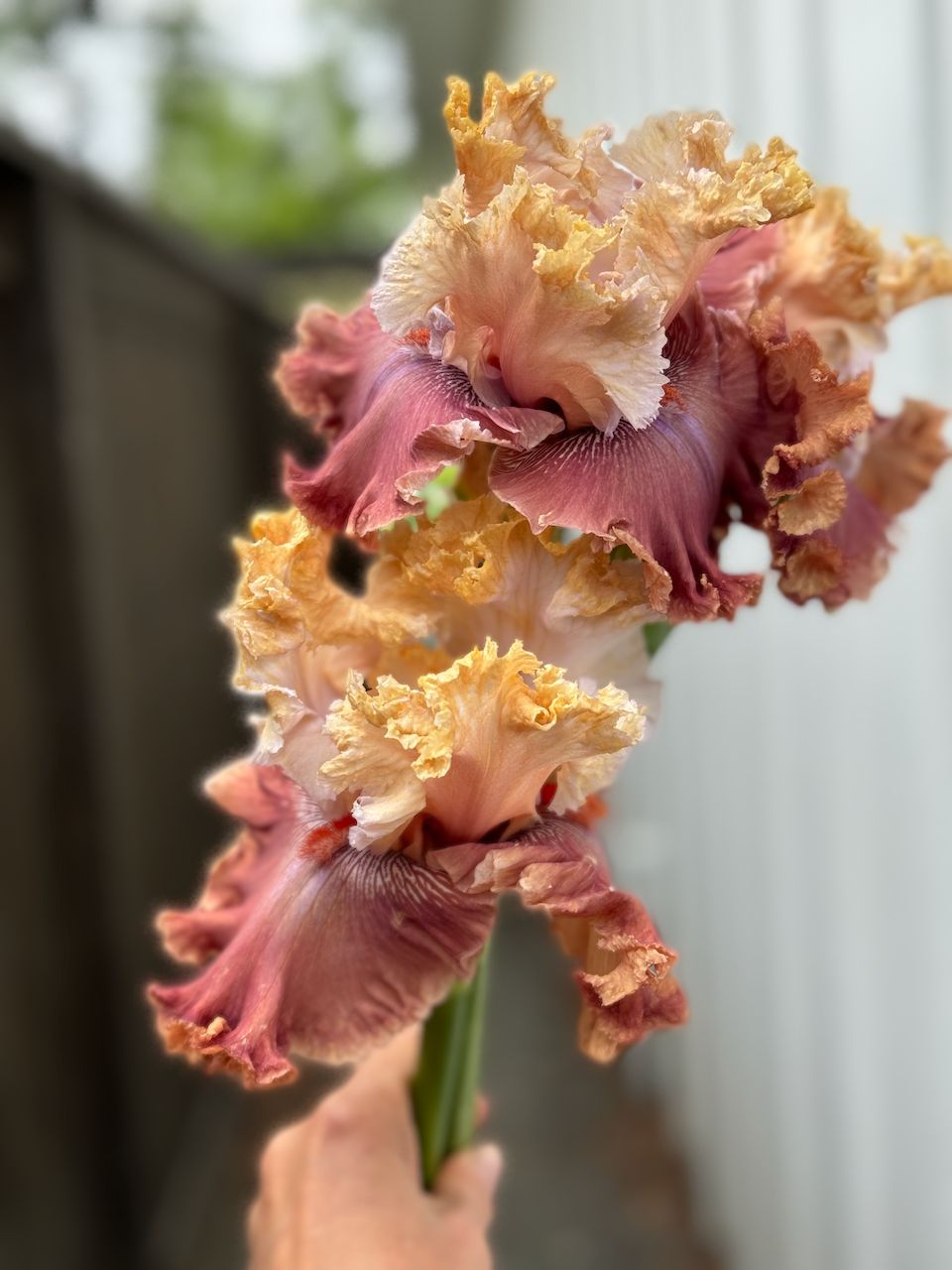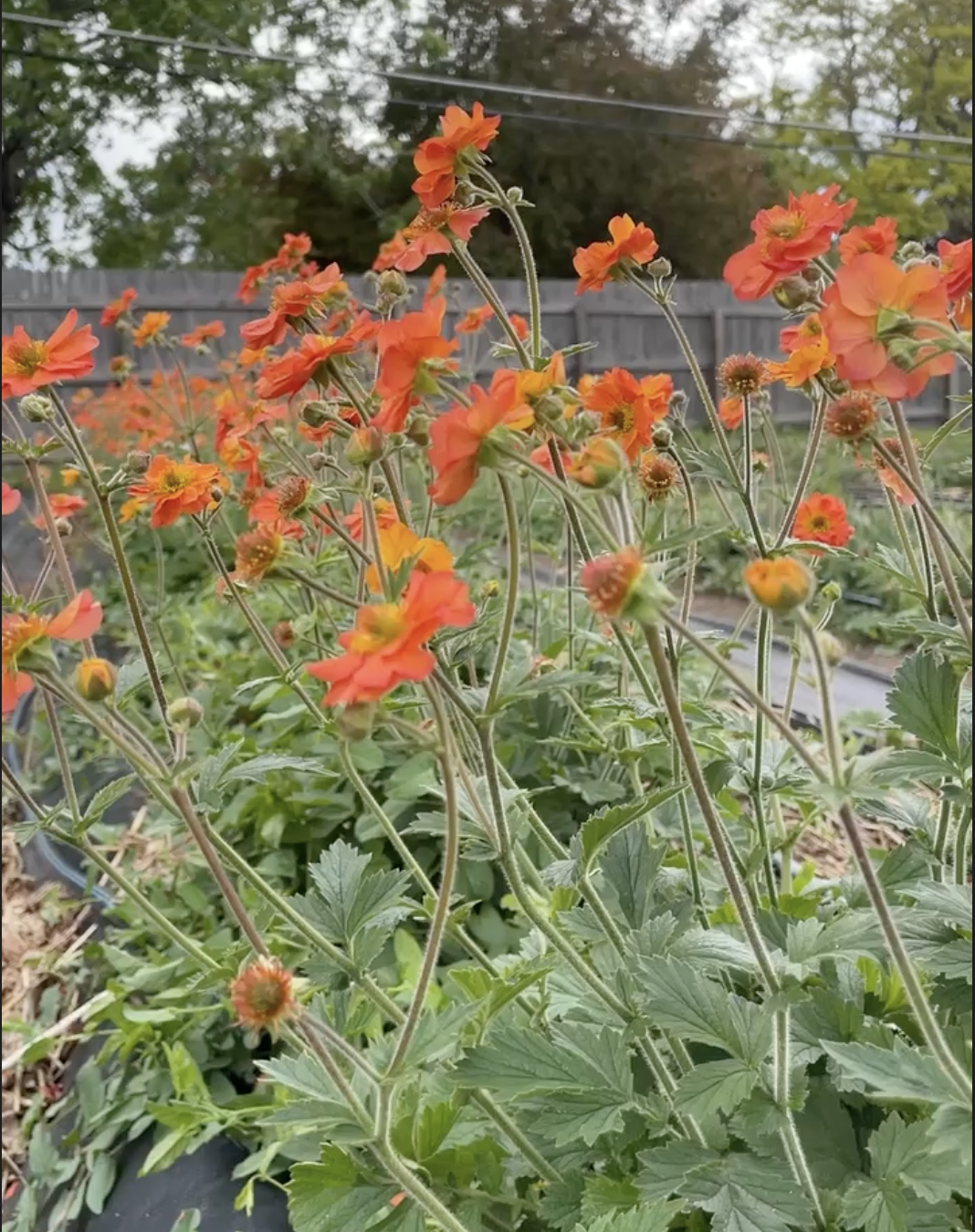Water is on the Rise
While we don't know what the weather will bring us next year, we do know that water bills are on the rise. After experiencing a very hot and dry year in Colorado, I've put together a list of things to consider as you go into another year of gardening with water conservation in mind.
8 STRATEGIES TO CONSERVE WATER
Soil Management
Plant Selection
Watering Techniques
Garden Layout & Design
Water Collection & Reuse
Weed Management
Ground Covers and Pathways
Technology
SOIL MANAGEMENT
Add Organic Matter: Adding organic matter each year to your garden will help your soil hold moisture. Ideally, you want over 10% OM when you get a soil test. Most gardens when they are just starting are 2-3% OM, so don’t fret if you have low organic matter. Practice adding organic matter in the form of mulched leaves every fall. This is the cheapest and most efficient way to add organic matter. Compost is also a way to add organic matter but it is more expensive and can add too much salt and other nutrients like potassium that could accumulate to unhealthy levels.
Mulching: Adding mulch is another way to retain moisture in the soil. Use straw over cool season crops in the fall garden to hold moisture, or aged mulch from a reputable source like a garden center vs. freshly chipped wood mulch from tree companies, over landscape beds around your home. Freshly chipped wood mulch is not a good idea as it will pull too much carbon from your soil and will make your soil overly acidic. This happened to me one year when I used it over daffodils. They went “blind” and failed to bloom until I adjusted the pH in the soil with lime.
PLANT SELECTION
Choose native plants/or perennials: In all honesty, native plants in Colorado are not the most beautiful plants. They tend to look weedy so not great for cut flowers, but I have been surprised by some perennials that handle the stress of climate change better than annuals. Plants like sedum, mock orange, nine bark, iris, smokebush, geum, echinacea, flowering almond, vibernum, lavender, grasses, apache plum, penstemon, rudbeckia, quince, peony, and lilac are a few that really stand out. A few annuals, particularly lisianthus and dahlias perform well in our soil and under hot weather but they still need water. To look up if a plant is native or not, use the USDA Plants Database or get involved in your local native plant society to learn more. Here is a link to the Colorado Native Plant Society.
Opt for drought tolerant varieties: I’ve noticed that some plants in our gardens can survive without any water for months. One in particular is the spring flowering geum! I’m shocked with how it keeps going after it gets established with very little water. It seems to grow and multiply in harsh conditions. The same with penstemon, sedum, iris, and lavender. They all need water to get established but once they are established they can grow with much less water than other plants.
WATERING TECHNIQUES
Water early or Late: Watering your garden when it’s cool is the most effective way at getting water to the plants without it evaporating in the heat. We water half our garden in the morning between the hours of 5 am - 10 am, and the other half at night between 6 pm and midnight. Do yourself a huge favor and set your irrigation up on an automatic timer. It is a complete game changer and your plants will thrive with a consistent watering schedule. If you can’t use a system on a timer, try to water during the same time each day.
Use Drip Irrigation: Drip irrigation on annuals and perennials is an absolute must to conserve water. When you set up a drip system, the water slowly releases through the system to penetrate the soil structure vs pooling on top of the soil and evaporating. We use drip tape on our annuals from Dripworks, and drip emitters from our local irrigation supply house or big box store for our perennials.
Hand Watering: If you must hand water, do so early in the morning before 10 am, or late in the evening after 7:00 pm.
GARDEN LAYOUT & DESIGN
Group plants by Water Needs: If you are a home gardener, make sure you have different zones for different types of plants. For example, put all your trees and shrubs on drip emitters to get water to the base of the plant and put them on the same irrigation zone so they can be watered at the same time and for the same duration. We give our new trees at least 8 gallons of water per week (2 gallon hr emitters/3-4 times per week for 1 hr), and smaller shrubs like peonies or roses 4 gallons per week (1 gallon hr emitters/3-4 times per week). If you have a cottage style garden where there are a lot of plants grouped together, consider putting them on their own zone so you can use a soaker hose or drip tape that soaks a larger area and doesn’t require emitters for each plant.
Shade Sensitive Plants: Get to know the micro-climate in your yard. Notice where the snow melts last each time it snows, where it melts first, where the sun hits it all season long and where it’s in the shade all winter. Once you understand the micro-climate you have, strategically plant with that data in mind. Plants that are shade sensitive will not be able to handle hot direct sun all day long. Plant them under trees so they get dampled light throughout the year (hellebore, hydrangeas). If you plants that like the sun, know that a little shade in Colorado is okay and I think they actually tend to appreciate it in the middle of heat waves.
WATER COLLECTION & REUSE
Install Rain Barrels, Cisterns, or Wells: Every state has different laws around rain harvesting, and oftentimes they are different for residential and small scale agriculture, vs large scale agriculture which requires permits. At the time of this blog, rainwater harvesting for potable outdoor use (e.g. irrigation) is legal in Colorado but limited to two rain barrels with a combined capacity of 110 gallons per household. For an aesthetically pleasing rain barrel, check out Algreen Products Cascata for terra cotta options. But, it has to actually rain to harvest rainwater. Colorado’s average rainfall is around 17” per growing season (about 20 weeks). In 2024, we received only 15” but in 2023 we received 22”. Rain barrels and cisterns are good options for most small gardens, or small applications (e.g. greenhouse), but larger agriculture needs may want to consider a well. Check with your state water division to research what is available where you live. For Colorado, visit Colorado Division of Water Resources which includes permit applications, FAQs, and legal details.
Reuse Household Water: The practice of reusing household water to irrigate is called graywater. The definition of graywater includes wastewater from sources such as sinks, showers, and laundry (excluding toilets and kitchen sinks). Each state and municipality has graywater laws, and require permits to install graywater systems. When we were renovated our house, we couldn’t find any contractors locally who knew how to install a graywater system which in the end was the most prohibitive element of all.
WEED MANAGEMENT
Remove weeds regularly: Plants compete with weeds for water. The more you keep weeds out of your garden, the more water will go to plants and the less you will have to water. Get in the habit of weeding every day, or every week depending on the size of your garden, so you can stop the spread of weeds through their flowers/seed heads. Consider putting down a pre-emergent in spring to stop them from germinating and use weed barriers on pathways for high pressure areas.
GROUND COVER & PATHWAYS
Use Permeable pathways: Permeable pathways are pathways where water will flow through vs pooling ontop. This will allow water to penetrate into the soil and not evaporate. We use Sunbelt’s black woven fabric for our pathways in the garden which is permeable, and a heavy layer of mulch on top of fabric for most of our landscape beds. I’d like to get away from using it on landscape beds but our property has intense weed pressure so we have to use it.
Plant Ground Covers and Cover Crops: Ground covers (like clover) or cover crops (like peas and oats) are cost effective ways at adding organic matter that will slowly break down in the soil and hold water. Ground covers are ideal in orchards where clover can be used for multiple years. Cover crops are ideal when you are prepping new ground for cultivation, or when you want to take a year off in a certain section of your garden. There are different cover crops for different seasons. We used a micro clover and turf mix for our orchard and around our garden beds, and have used two different cover crops from Johnnys Seeds on our fields—Fall Manure Mix and spring Peas & Oats Mix.
TECHNOLOGY
Install Soil Moisture Sensors: A soil moisture sensor is a device that will measure the soil present in the soil. But you can also use your finger! If you put your finger 2-3” into the soil and it feels dry, it needs watered.
Use Smart Irrigation Controllers: Most irrigation systems allow for seasonal adjustments or rain adjustments. Get in the habit of changing your irrigation schedule based on the season. During the spring and fall, instead of reducing the number of days, set it to either 50-75% depending on how much rain you get. This way the plants still get consistent water, just less of it.
Water is such an important part of gardening, and getting just the right amount is tricky. With the climate changing it’s becoming even more important to conserve water, yet increasingly more challenging to do so. I hope these 8 strategies gave you some food for thought as you go into the next season of gardening. Please join the conversation and share any other strategies you’ve practiced in your garden. I’d love to hear what is working or not working for you.
GINA









